Best Ultralight Freestanding Tent 2024
Last Updated: April 24, 2024
A Versatile, ultralight freestanding tents saves weight, pitches anywhere
Save weight without sacrificing the convenience of reliably pitching onto any surface by using an ultralight freestanding tent for backpacking. The combination of freestanding-ness and ultralight-ness is highly desirable, but extremely rare, given the weight burden of dedicated tent poles. Roughly 99.9% of fully freestanding tents are not ultralight. As such, we focus on a blend of fully-freestanding ultralight tents, as well as ultralight semi-freestanding, and the best of the light-not-ultralight fully-freestanding category.
Every ultralight freestanding tent available makes at least one concession to durability, storm-worthiness, semi-freestanding-ness, or expensiveness. Because of this, we believe most backpackers would actually be better served by an ultralight trekking pole tent in the 1.5-2 lb range, a semi-freestanding tent in the 2-2.5 lb range, or a slightly heavier but still lightweight fully freestanding tent in the 2.5-3.0 lb range. See more in our guide to the best backpacking tents.
Ultralight Freestanding Tent Criteria
- Weighs ~2 lbs
- Supported by tent-poles
- Semi-freestanding also qualifies
Jump ahead to read more about when to choose an ultralight freestanding tent. And while you’re here, don’t miss our guides to the best-in-class 1P, 2P, 3P, and 4P tents, as well as 4-season tents, crossover tents, pyramid tents, and backpacking tarps.
You make Adventure Alan & Co possible. When purchasing through links on our site, we may earn an affiliate commission at no additional cost to you. Here’s why you can trust us.
Ultralight Freestanding Tent Quick Picks
Fully-Freestanding, Ultralight
Weighs less than 2.5 lbs
- Best Performance: Zpacks Free Zip 2
- Lightest Double Wall: Big Agnes Copper Spur Platinum 2
- Best Convertible: TarpTent Double Rainbow Li with Outriggers
Semi-Freestanding, Ultralight
Weighs less than 2.5 lbs
- Best Value & Livability: Big Agnes Tiger Wall HV UL 2
- Best Low Weight & Livability: Big Agnes Tiger Wall Platinum 2
- Best Value & Low Weight: NEMO Hornet OSMO 2
- Lightest Weight: NEMO Hornet Elite OSMO 2
Fully Freestanding, Light-Not-Ultralight
Weighs less than 3 lbs
- Best Overall: Big Agnes Copper Spur HV UL 2
- Runner Up: NEMO Dragonfly OSMO 2
- Most Bomber: SlingFin Portal 2
Ultralight Freestanding Tent Comparison Table
Mobile users rotate device for full-width view
| Tent | Price ($) | Weight (oz) | Interior Area (sq ft) | Vestibule Area (sq ft) | Height (in) | Freestanding |
| NEMO Hornet Elite | 650 | 27.0 | 27.3 | 12.4 | 37 | semi-free |
| Tarptent Double Rainbow Li | 679 | 28.9 | 30.6 | 16.2 | 40 | convertible |
| BA Tiger Wall Platinum | 650 | 31.0 | 28.0 | 16.0 | 39 | semi-free |
| Zpacks Free Zip | 899 | 31.6 | 26.3 | 8.0 | 43 | freestanding |
| NEMO Hornet | 430 | 33.0 | 27.7 | 14.2 | 39 | semi-free |
| BA Tiger Wall | 450 | 35.0 | 28.0 | 16.0 | 39 | semi-free |
| BA Copper Spur Platinum | 600 | 37.0 | 29.0 | 18.0 | 40 | freestanding |
| NEMO DragonFly OSMO | 500 | 42.0 | 29.0 | 10.0 | 41 | freestanding |
| BA Copper Spur HV UL | 530 | 43.0 | 29.0 | 18.0 | 40 | freestanding |
| SlingFin Portal | 560 | 46.0 | 27.5 | 16.8 | 44 | freestanding |
Ultralight Freestanding Tents
Zpacks Free Zip 2P
Technically speaking, the Zpacks Free Zip 2P is the only true ultralight freestanding tent on the market. The next lightest fully freestanding model is 15% heavier (barely qualifying as UL) and way less wind-worthy. Competitors in its weight-class are either semi-freestanding or augmented to convert from semi to fully freestanding. What’s more, Free Zip is as wind-worthy as most 4-season tents.
This marvel of engineering is achieved via the magic weight-savings of Dyneema fabric, Easton carbon fiber poles, and single-wall construction. It comes with a bevy of desirable features, like peak vents, magnetic zipper toggles, good headroom, and steep end walls. However concessions are made to interior area (smaller than average), vestibule size (much smaller than average), and price tag (much higher than average).
- Price: $899
- Weight: 31.6 oz
- Interior Area: 26.3 sq ft
- Vestibule Area: 8.0 sq ft (estimate)
- Height: 43″
- Configuration: Fully-freestanding
- Pros: Actually freestanding AND ultralight. 4-season wind-worthiness. Best-in-class materials. Symmetrical pitch. Peak vents.
- Cons: Expensive. A bit smaller than average interior. Very small vestibules. Single wall increases contact with condensation.
Big Agnes Copper Spur Platinum
Choose Big Agnes Copper Spur Platinum because it is one of, if not the lightest weight double wall ultralight freestanding tent. Unlike the single wall Zpacks Free Zip, this is a traditional double wall dome tent in every sense, only constructed with lighter than average materials.
Copper Spur Platinum predates the HV UL series, is built with a different pole configuration, and does not have the awning feature you may already know and love. However, the platinum edition is ~15% lighter weight, thus just barely qualifies as ultralight, where as HV UL does not (despite its namesake UL). Compared to HV UL, Platinum saves weight mostly via the use of 7d Sil/Pu nylon. Its biggest concession is to durability, and you will have to baby this tent somewhat.
- Price: $600
- Weight: 37.0
- Interior Area: 29.0
- Vestibule Area: 18.0
- Height: 40″
- Configuration: Fully Freestanding
- Pros: Lightest double wall freestanding. Large vestibules. Good headroom. On sale.
- Cons: Older design. Semi-translucent fly. Thinner fabrics are less durable.
Tarptent Double Rainbow Li
Tarptent Double Rainbow Li is an ultra premium, Dyneema fabric, carbon pole version of the brand’s flagship arch pole design. It is the largest and most livable model in our round-up, and also one of the very lightest. It can even fit dual 25″ wide sleeping pads.
Notably, this is a semi-freestanding design that can be augmented with trekking poles at the head at foot ends to become an ultralight freestanding tent. However it is at its best, most wind-worthy, and most taut when all four corners are fully staked out in semi-free orientation.
- Price: $679
- Weight: 28.9 oz
- Interior Area: 30.6
- Vestibule Area: 16.2
- Height: 40″
- Configuration: Semi-Freestanding, converts to fully-freestanding
- Pros: Best-in-class materials. Ultralight. Large interior and highly livable. Converts from semi-to-fully-freestanding. Peak vents. Fits 2 wide pads. Porch mode.
- Cons: Expensive. Pitch is better in semi-freestanding mode. Single-wall increases contact with condensation.
Ultralight Semi-Freestanding Tents
Big Agnes Tiger Wall HV UL 2
Choose the Big Agnes Tiger Wall HV UL 2 for an iconic, semi-freestanding ultralight tent with great headroom and solid value. Compared to its chief competitor, the NEMO Hornet series, you get steeper sidewalls for a more livable experience, at the cost of a slightly heavier weight and inferior fly fabric.
Tiger wall is not known for its storm-worthiness, so look elsewhere if you frequently camp in high wind zones.
- Price: $450
- Weight: 35.0 oz
- Interior Area: 28 sq ft
- Vestibule Area: 16 sq ft
- Height: 39″
- Configuration: Semi-freestanding
- Pros: Ultralight. Steep side and head-end wall, good headroom. Reasonably affordable. Full size vestibules.
- Cons: Not fully-freestanding. Heavy end of ultralight. Middling durability. Not very stormworthy.
Big Agnes Tiger Wall Platinum 2
The semi-freestanding ultralight Big Agnes Tiger Wall Platinum uses the same poles and chassis structure as the HV UL version, with all of the same upsides and downsides, but swaps in an ultralight 7d sil/pu nylon fabric to save weight. This places it into the ultralight sweet spot, coming in at just under 2 lbs! However, it is a significant compromise on durability, downgrading it from medium to low. All said and done, the weight savings may be worthwhile for a select few, but for most people, taking value into consideration, we would recommend the base version over Platinum.
- Price: $650
- Weight: 31.0 oz
- Interior Area: 28.o sq ft
- Vestibule Area: 16.0 sq ft
- Height: 39″
- Configuration: Semi-freestanding
- Pros: Ultralight. Steep side and head-end wall, good headroom. Full size vestibules.
- Cons: Not fully-freestanding. Expensive. Low durability. Not very storm worthy.
NEMO Hornet OSMO 2
To achieve ultralight-ness, the semi-freestanding NEMO Hornet OSMO 2 saves weight by making a concession to livability. That’s due to its severely sloping side walls, which make it exceedingly difficult for two campers to sit up side-by-side at the same time. No tent has less headroom than Hornet. But no ultralight semi-freestanding tent is as lightweight or as inexpensive. Hornet is a killer value and best deal in our round-up. It is perfectly suitable for sleeping in, but a poor choice for hanging out in.
Other upsides include the use of NEMO’s proprietary recycled OSMO fly fabric, which combines the best traits of both polyester and nylon to increase durability and decrease water absorption, which prevents sagging. Hornet exhibits average storm-worthiness and durability for a freestanding ultralight tent.
- Price: $430
- Weight: 33.0 oz
- Interior Area: 27.7 sq ft
- Vestibule Area: 14.2 sq ft
- Height: 39″
- Configuration: Semi-freestanding
- Pros: Ultralight. Great value. High performance fly fabric. Sustainable.
- Cons: Not fully-freestanding. Severely sloping side walls decrease livability.
NEMO Hornet Elite OSMO 2
The NEMO Hornet Elite OSMO takes the Hornet chassis and optimizes it for even lighter weight through a combination of materials improvements and shrinkifying. Compared to original, it is 2″ shorter and has slightly smaller vestibules. The reward is that it’s six ounces (18%) lighter, making it the lightest semi-freestanding model in our round-up, and possibly on the entire market.
Its poles are upgraded from NEMO’s house label to brand name DAC Featherlite NFL. For weight-savings, there’s more no-see-um mesh and less ripstop in the canopy. And of course, the fly and floor fabrics are thinner. That being said, it may not be worth the upgrade for $200, unless weight savings are your single highest priority and value is not a concern.
- Price: $650
- Weight: 27.0 oz
- Interior Area: 27.3 sq ft
- Vestibule Area: 12.4 sq ft
- Height: 37″
- Configuration: Semi-freestanding
- Pros: Ultralight. Well-featured relative to weight. Nice OSMO fly fabric. Sustainable.
- Cons: Expensive. Low ceiling, smaller interior. Not fully-freestanding. Lower durability.
Best of the Light-not-Ultralight Freestanding Tents
Big Agnes Copper Spur HV UL 2
If you’re shopping for a backpacking tent, Big Agnes Copper Spur HV UL 2 is the elephant in the room, topping all of the “best of” lists for many years running. Despite its namesake UL moniker, this tent is not ultralight. It is, however, respectably lightweight, and exceptionally excellent in terms of performance and features.
This full-freestanding tent offers great headroom, steep sidewalls, ease of pitching, peak vent, lots of internal storage pockets, reliable weather protection, and the heralded awning feature. Copper Spur is the epitome of what a backpacking tent should be. And despite not being ultralight, we feel a majority of backpackers would prefer it to the semi-freestanding, true ultralight tents in this guide.
- Price: $530
- Weight: 43.0 oz
- Interior Area: 29 sq ft
- Vestibule Area: 18 sq ft
- Height: 40″
- Configuration: Freestanding
- Pros: Very lightweight. Fully-freestanding. Good headroom and vertical side walls. Awning feature and peak vent.
- Cons: Not ultralight.
NEMO Dragonfly OSMO 2
The NEMO Dragonfly OSMO is a lightweight fully freestanding tent designed to compete directly with Copper Spur. In some ways it’s better, but in other ways, a bit worse. On the upside, it’s $30 cheaper, one ounce lighter, one inch taller, and offers a superior rain fly fabric in NEMO’s OSMO recycled poly-nylon blend that absorbs less water and sags less.
The relative downside is that it has a lower interior volume, narrowing at the top for inferior livability. It is also built with NEMO’s proprietary poles instead of best-in-class DAC Featherlite NFL. And of course, you miss out on the awning feature. Nonetheless, this is a great lightweight tent to consider if semi-freestanding just isn’t good enough.
- Price: $500
- Weight: 42.0 oz
- Interior Area: 29 sq ft
- Vestibule Area: 10 sq ft
- Height: 41″
- Configuration: Freestanding
- Pros: Very lightweight. Full-freestanding. Sustainable. Good fly fabric.
- Cons: Not ultralight. Small vestibules. Sloping lower sidewalls.
SlingFin Portal 2
SlingFin Portal 2 has become something of the connoisseur’s choice among lightweight freestanding tents. At 46 oz trail weight, it’s nearly a full pound above what we consider to be ultralight. But with it, you get what is unequivocally the most bomber option its category featuring internal guy lines, and brand name DAC NFL poles.
And don’t disregard the above-average headroom, full-size vestibules, and the sil/sil fly fabric. This refers to the double sided silicone treatment, rather than half silicon, half polyurethane. Compared to sil/pu, sil/sil is more waterproof, longer lasting, and more mildew resistant, at the cost of being more slippery and bit more difficult to pitch and pack away.
- Price: $560
- Weight: 46.0 oz
- Interior Area: 27.5 sq ft
- Vestibule Area: 16.8 sq ft
- Height: 44″
- Configuration: Freestanding
- Pros: Lightweight. Very storm-worthy. Good headroom. Good fly fabric.
- Cons: Not ultralight. Slightly heavier than other lightweight options.
When to Choose An Ultralight Freestanding Tent
Most of the time, most hikers would be better served by an even lighter weight non-freestanding tent that pitches with trekking poles, a semi-freestanding ultralight tent, or a lightweight-not-ultralight fully-freestanding tent that does not compromise on durability, livability, or price. However, there are certain situations that justify the specific use of an ultralight freestanding tent. To justify choosing one, we recommend you trip meets the following criteria
- High mileage to justify the need for ultralight gear
- You will be camping on sand or rocks
- You will be camping on wooden, manmade tent platforms
- You aren’t prone to damaging gear, and can protect the thinner fabrics
- You are uncomfortable with the idea of a non-freestanding trekking pole shelter
Ultralight Freestanding Tent Conclusion
Thank you for reading this buyer’s guide where we hope you found your next ultralight freestanding tent – a rare breed in the world of backpacking gear. While some good options exist, we reiterate that most backpackers would be better suited by choosing a true ultralight non-freestanding trekking pole shelter or semi-freestanding tent, or a light-not-ultralight fully freestanding tent. Happy camping!

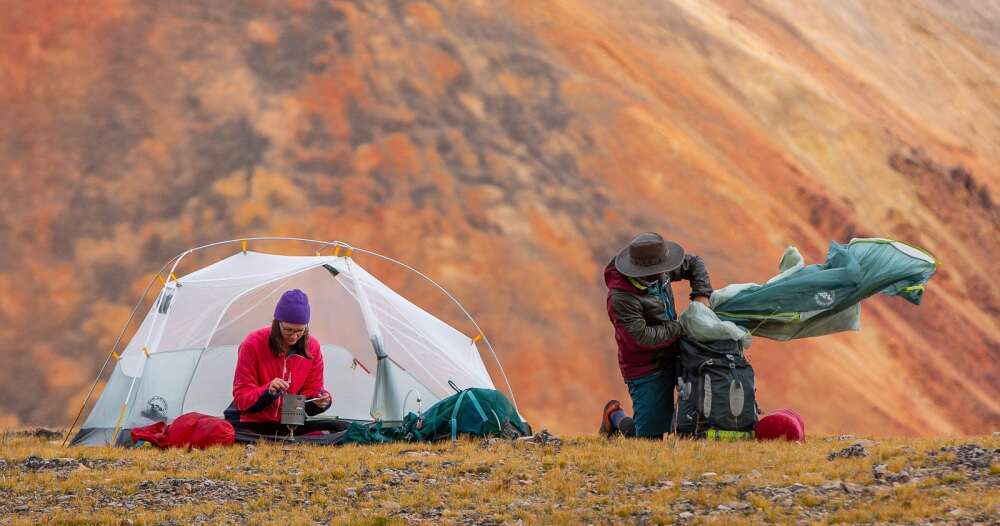
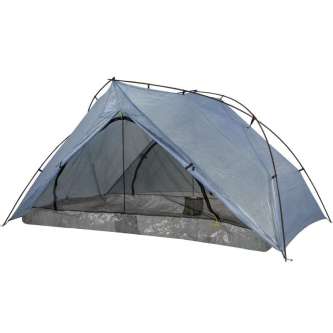
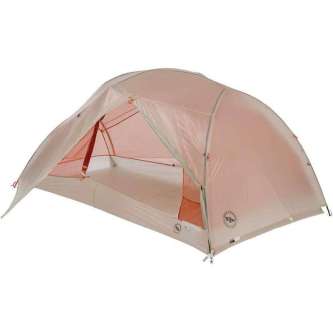
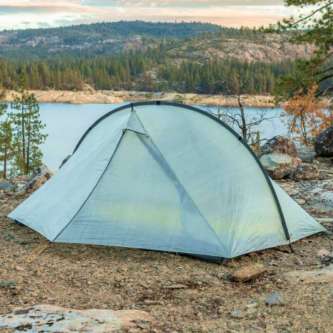
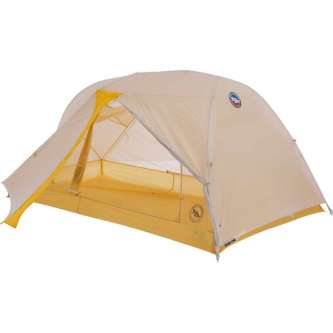
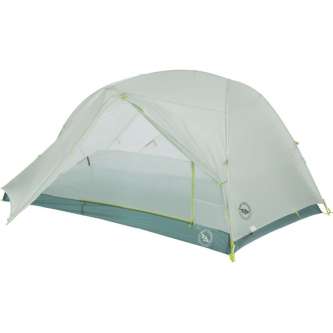
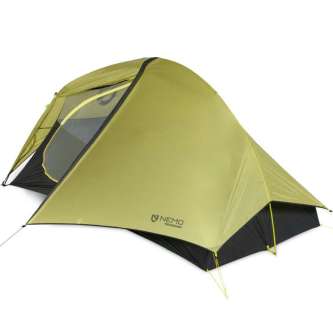
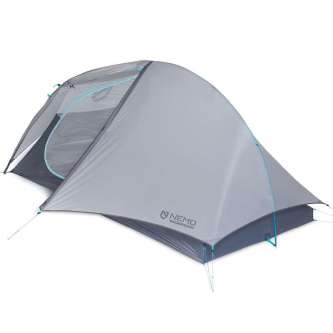
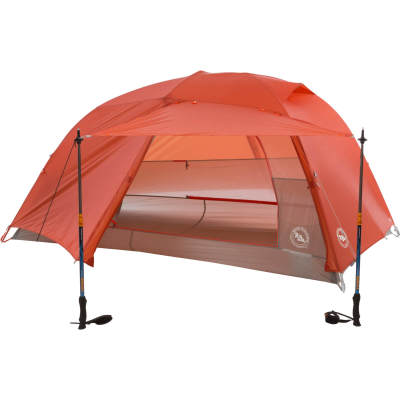
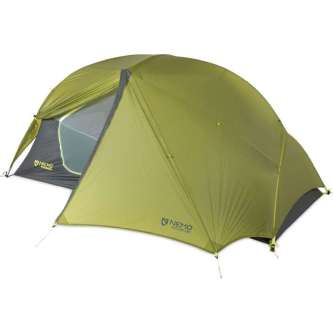
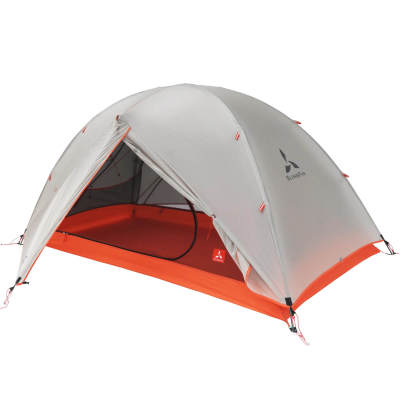
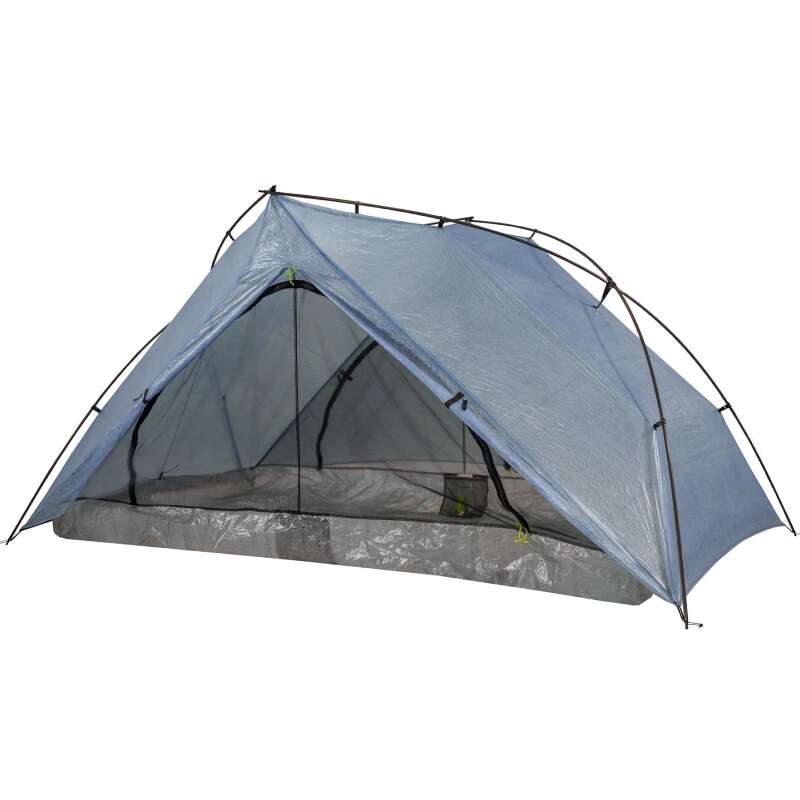
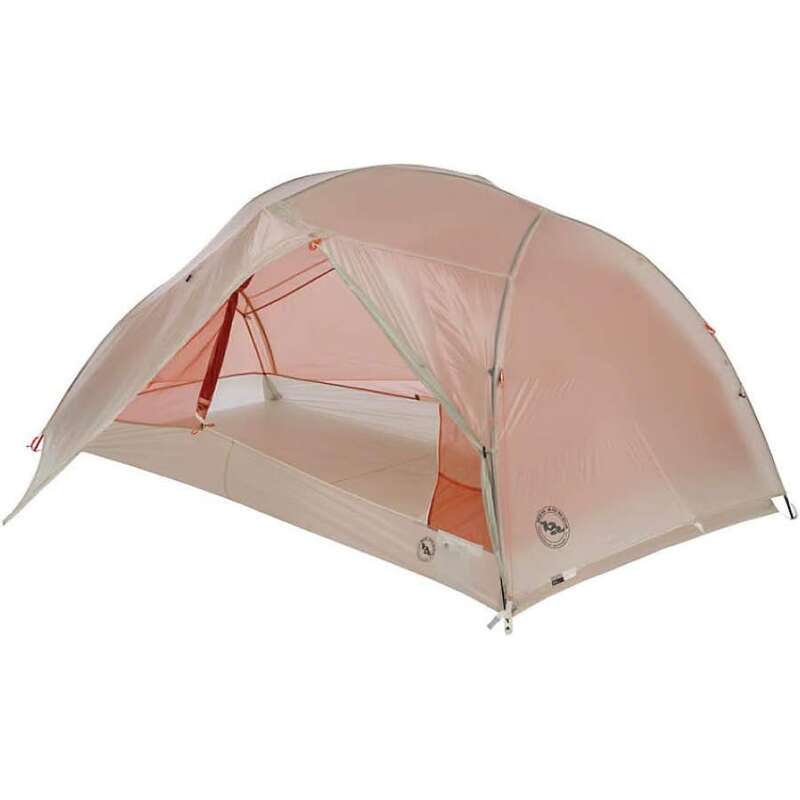
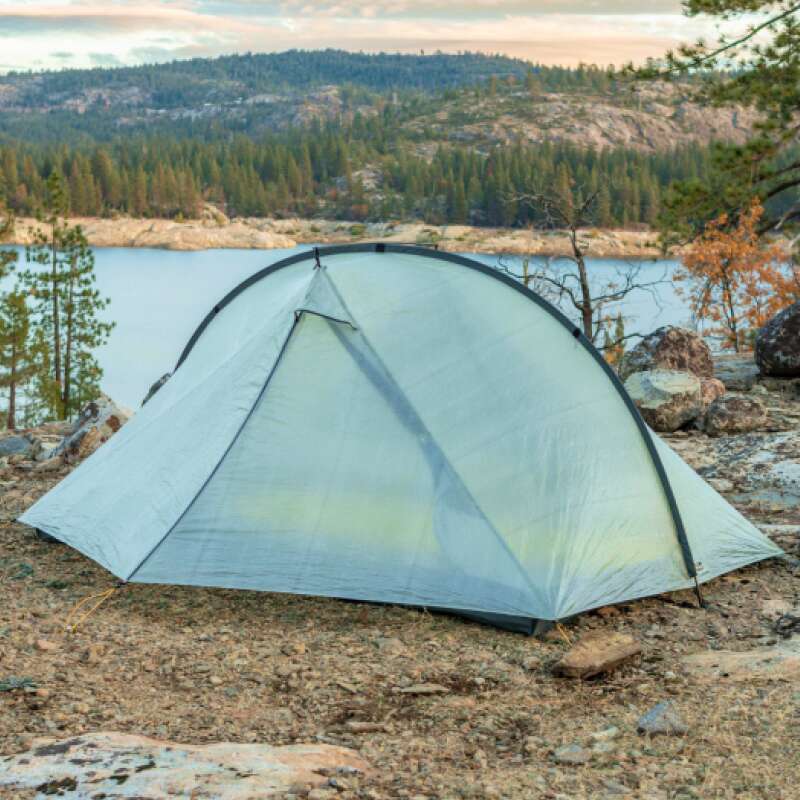
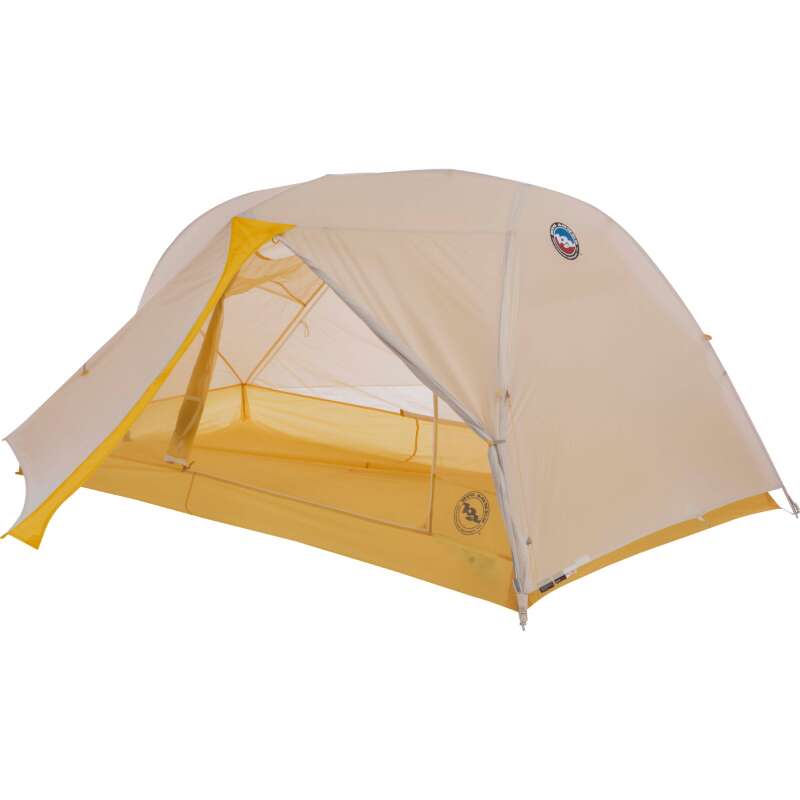
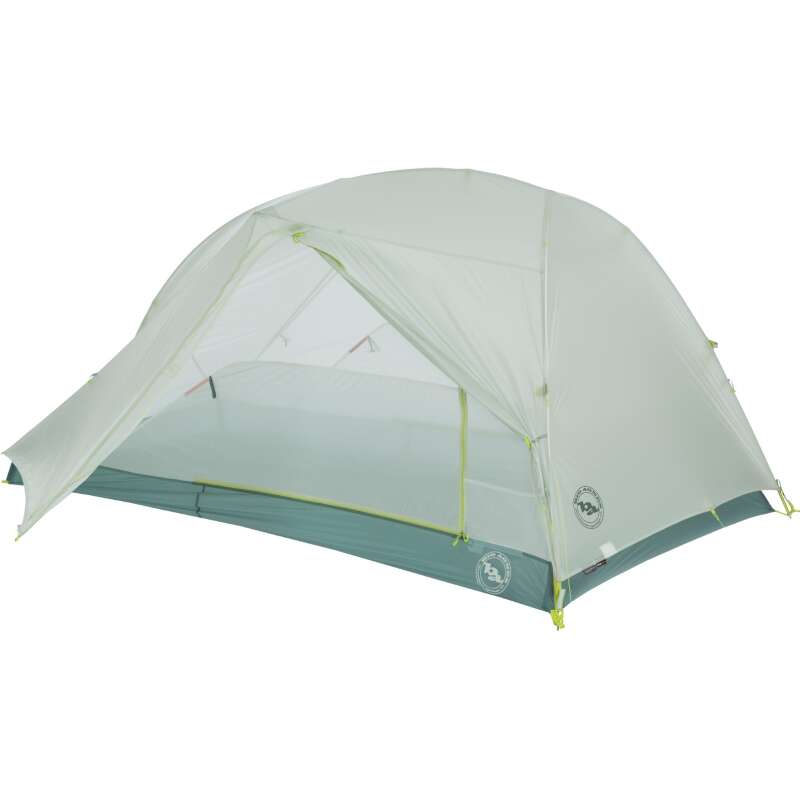
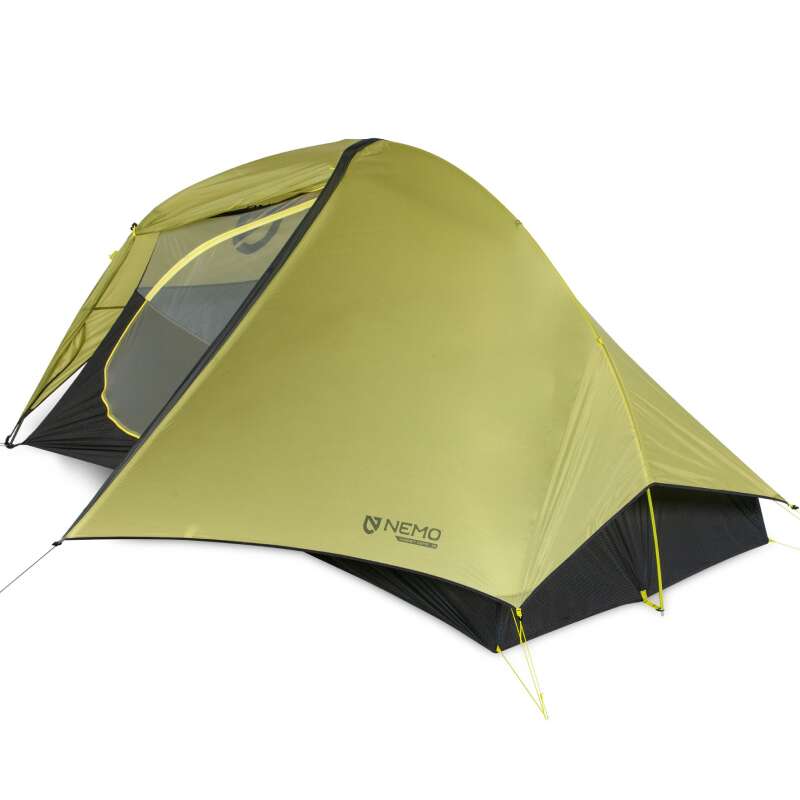
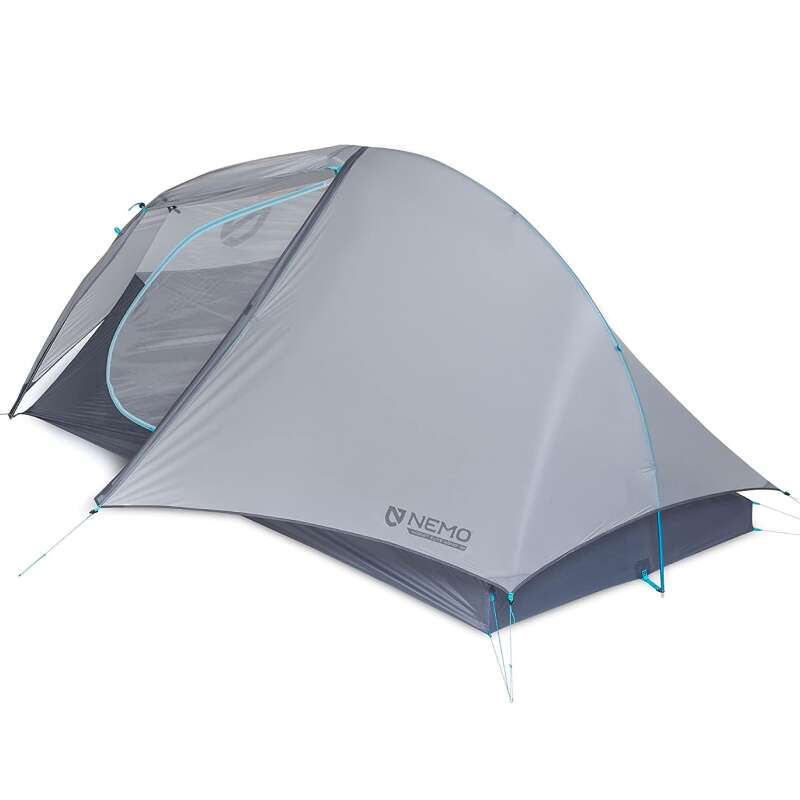
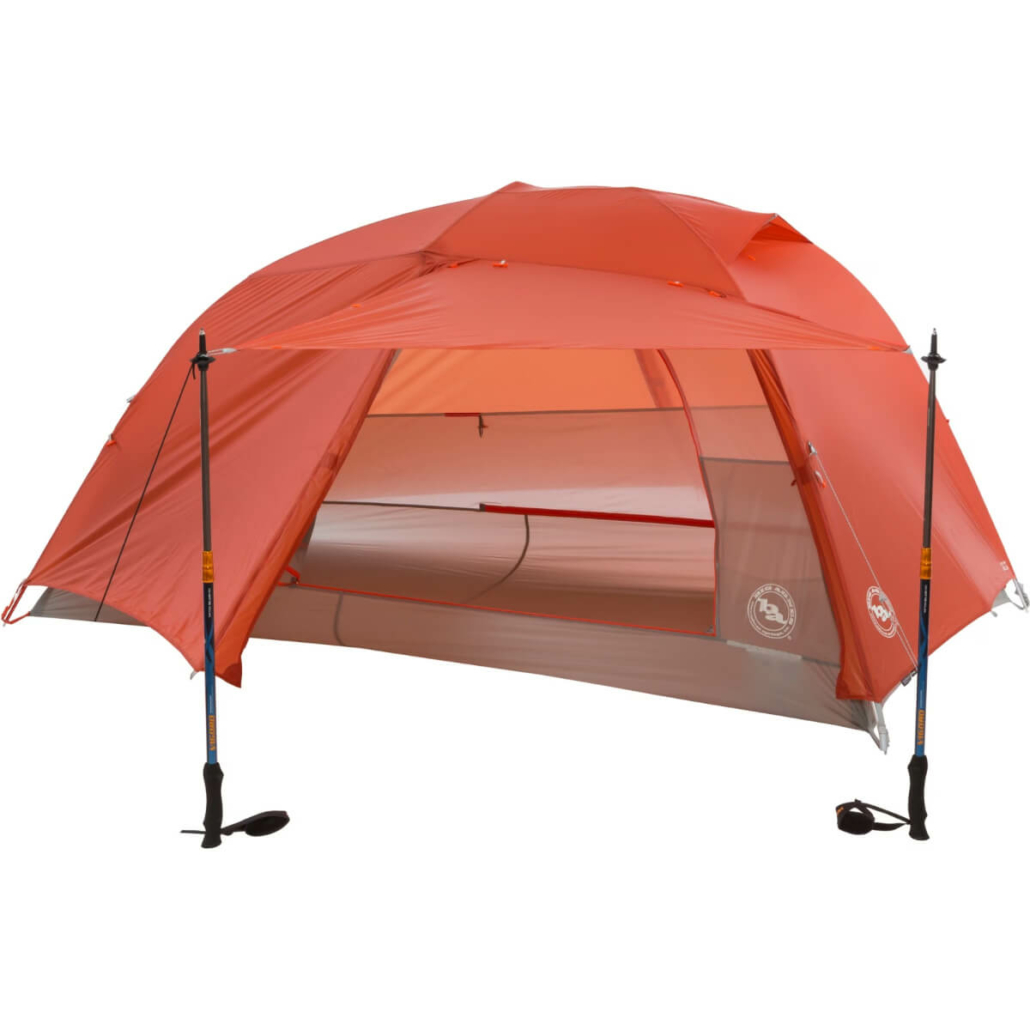
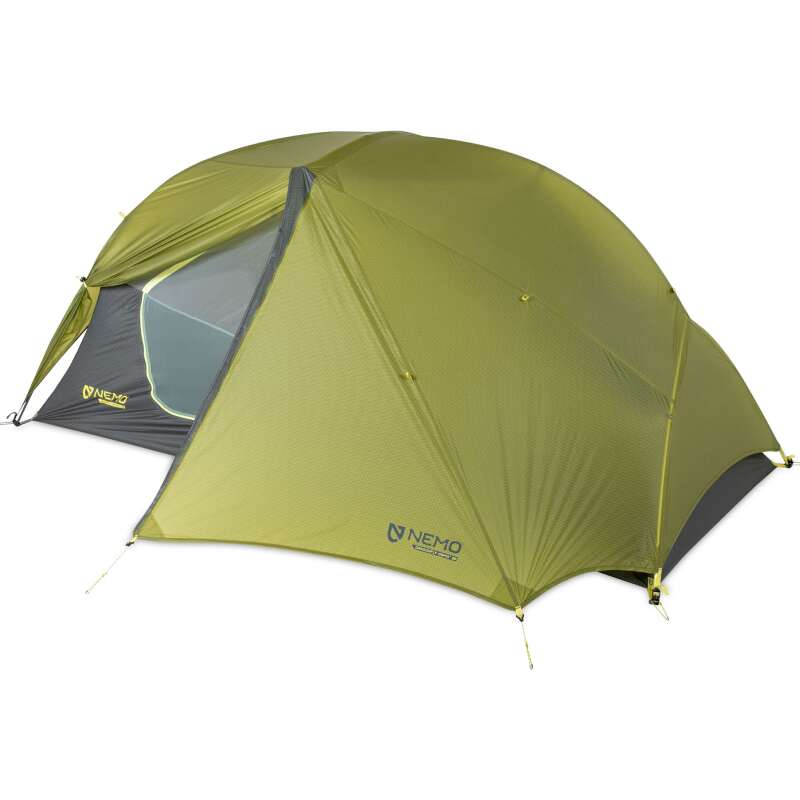
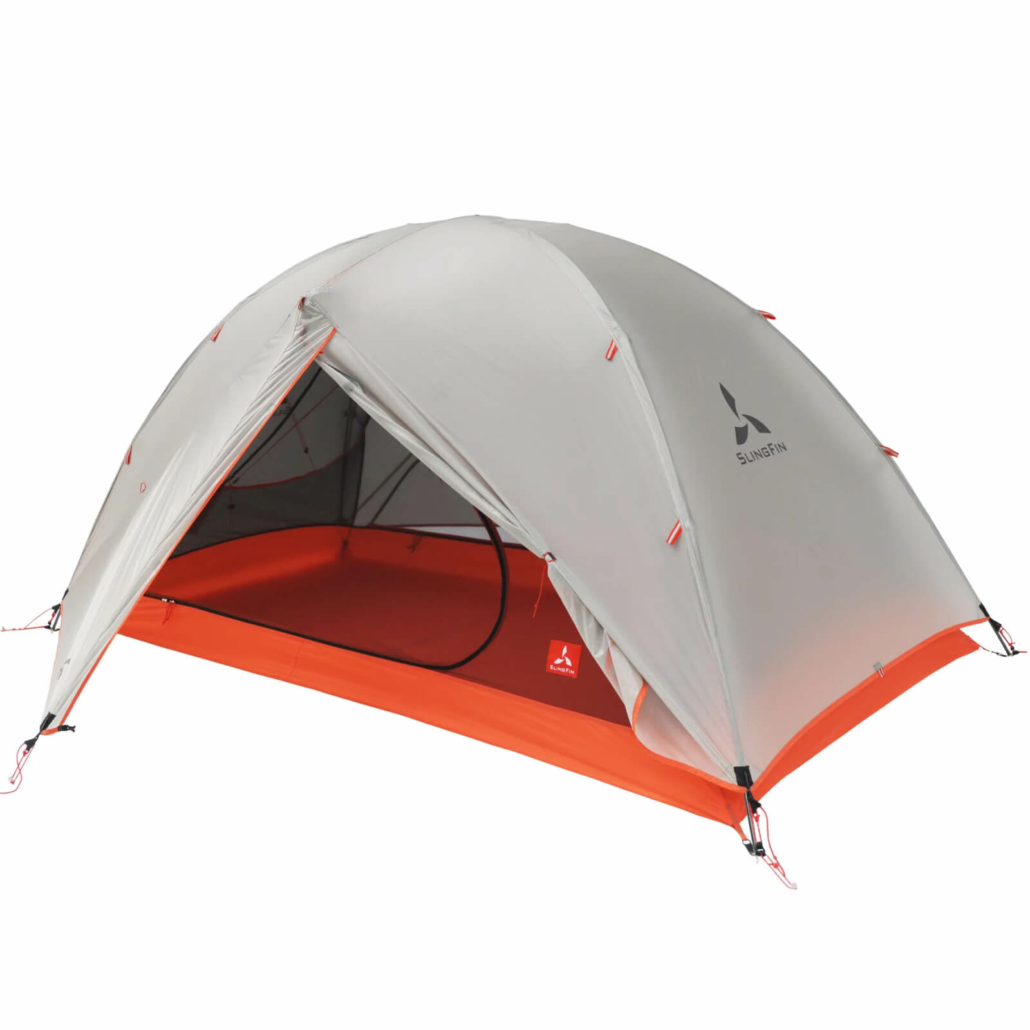


Leave a Reply
Want to join the discussion?Feel free to contribute!